What The Tech?! Fiber Optic Cable
Replacing copper with fiber optic cable supercharged our capabilities.
In our last What the Tech?! on satellite linking, while we felt we covered the brief on linking, there was some interesting statistics in regards to just how big a leap forward this was for international communications.
We wanted to explore that some more as we felt it made for an interesting tale. So in today’s piece we’ll be looking at another great leap forward for communication by looking at Fiber Optic Cables. Fiber, was a much better transmission line, capable of carrying large quantities of data at speeds far superior to the copper cables of old. Explaining where Fiber fits into this journey helps understand the leap ahead these newer technologies provided.
Today the world is a spaghetti of interconnected submarine cables. Source: Wikipedia
The Beginning:
The idea of transmission lines came far ahead of the development of fiber cables, with the first submarine cables laid in the 1850’s. These lines, that were little more than a waterproofed telegraph cable provided the first international telegraphy traffic, providing instant links across the globe, albeit with heavy limitations at the time. By 1871, all global continents were linked by cable excluding Antarctica, which had little in the way of human population at the time.
The peak of this activity came in 1858, when the first trans-atlantic cable was completed. Due to technological issues at the time this cable lasted just one month before it was damaged and went out of service. Undeterred, further attempts occurred over the following years with the steamship SS Great Eastern, successfully completing the job in 1866
SS Great Eastern at the Breakers. She was responsible for getting the job done in the late 1800s
Due to the state of Global Geopolitics at the time, the early innovators of submarine cables were the British Empire, who saw the technology as essential for managing the empire which stretched across large parts of the globe. However even in these early days it was recognized that these cables would be unreliable in wartime, due to their ability to be cut and interfered with. These earlier cables suffered with an inability to correctly secure them from water ingress, a problem that wouldn’t be fixed until the late 1930’s with the introduction of Polyethylene as an updated insulation material.
While these cables at the time were the peak of communication technology they were rudimentary at best. Due to in line repeaters not being invented at this point, high levels of voltage were used to overcome resistance within the cables. However due to inductance problems within the cables themselves, the transmissions were distorted. This limited their usability to a mere 10–12 words per minute, a significant impediment for operators who were entirely capable at operating at up to 40 words per minute.
TAT-1 was the first trans-atlantic coaxial cable for voice telephony.
Coaxial Cables:
Despite the limitations of the earlier systems, they were still used effectively with the technology of the time. While the desire to upgrade to voice telegraphy via coaxial cable’s had been around since the 1920’s the technology at the time wasn’t yet mature enough to support such a venture. It would take an additional 30 odd years and new post war era technology before this matured enough to be a viable contender that was reliable enough for extended commercial service.
The first of these ventures came to fruition in 1953 when TAT-1 was announced as a joint venture between the American, British and Canadian governments. With the budget for the project running at around 120 million pounds, TAT-1 was scheduled to provide great leap forward with several new innovations and a far greater carrying capacity.
With ultra modern insulation, and on board repeaters to allow the signal to cleanly travel the over 1500nm cable, TAT-1 was able to provide up to 36 connections with far better conditions than the cable of old.
TAT-1 was reliable enough for politics, with the cable being used to provide the Cold War era Hotline between the USSR and US governments. However rather than voice, the hotline used a data format to run a teletype printer as it was deemed to be less open to misinterpretations.
The successful operation of the cable proved the technology was viable and with multiple TAT cables being scheduled to be laid in the coming years TAT-1 was retired in January 1978.
Route options that were surveyed for TAT-1. Source: Wikipedia
Light Speed, Stat!:
After looking at all this history we get to the main event. Communication at light speed.
Like Coaxial Cables, Fiber took time to mature and didn’t reach a commercially viable state until the 1980’s. Filled with fibers that are around the thickness of a human hair, the threads run in twisted pairs throughout the cable with one running in each direction.
Rapid Transmission at light speed. Fiber was THE tech of the 80’s. Source: Wiki
Using light as a transmission medium, the cables can carry huge amounts of data over long distances with far less loss than similar copper style systems. These transmission lines also have repeaters installed at regular distances, using an optical amplifier to extend the signal through the line to the required distance. Fiber differs from copper in terms of interfence level as well, with Fiber virtually immune to electromagnetic interference. This issue caused significant problems with the coaxial equipped TAT-1 and earlier systems.
The culmination of all this technology resulted in TAT-8. Launched in 1988 and spanning nearly 6000 km in length, TAT-8 was the world’s first fiber optic submarine cable. It was also unique as it was the first submarine cable that had dedicated redundancy with multiple cables laid across different routes, providing additional reliability.
TAT-8 wasn’t just a huge leap forward in signal quality however. It was also a massive leap forward in carrying capacity as well. If you recall how we mentioned TAT-1 carried 36 channels on launch, TAT-8 had over 40 gb/ps of throughput across 640 channels making the transmission capability of TAT-1 look positively archaic.
One of the most interesting facts in relation to TAT-8 was that at the project’s start, it was theorized it would take at least a decade to use it to capacity while some people warned that it may not ever reach capacity. Given that TAT-8 reached that goal in just 18 months and ran reliably until 2002, it’s safe to say that many “experts” failed to see the explosion of technology that would interconnect the world by the turn of the new millennium.
Original Route for TAT-8. Source: researchgate.net
Beyond Telegraphy:
While the most well known use of Fiber Optic’s is within the submarine cables we’ve discussed today, the technology has since proliferated and has grown to be essential in many other pieces of technology as well.
Essential in the medical industry, fiber provided miniaturized camera, and remote viewing devices that are essential in providing the level of care we’ve come to expect in the modern world.
They have usage in data centers and other technology based installations, providing reliable transmission speeds for many essential pieces of modern equipment including military assets like the E-7 Wedgetail and other Electronic Intelligence platforms.
And lastly they are also an essential link in the chain for laser based Directed Energy Weapon systems, which are expected to be a continuing military focus in the years ahead. Both China and the United State’s have already fielded prototype systems, with in service variants of these systems expected into the late 2020's.
What the Tech?! is our recurring monthly column that explores the technology that was integral in shaping our modern world.
🌟 Enjoyed this article? Support our work and join the community! 🌟
💙 Support me on Ko-fi: Investigator515
📢 Join our Telegram channel for exclusive updates or.
🐦 Follow us on Twitter
🔗 Articles we think you’ll like:
OSINT Unleashed: 5 Essential Tools for Cyber Investigators
What the Tech?! GPS Technology
✉️ Want more content like this? Sign up for email updates here
In our last What the Tech?! on satellite linking, while we felt we covered the brief on linking, there was some interesting statistics in regards to just how big a leap forward this was for international communications.
We wanted to explore that some more as we felt it made for an interesting tale. So in today’s piece we’ll be looking at another great leap forward for communication by looking at Fiber Optic Cables. Fiber, was a much better transmission line, capable of carrying large quantities of data at speeds far superior to the copper cables of old. Explaining where Fiber fits into this journey helps understand the leap ahead these newer technologies provided.
Today the world is a spaghetti of interconnected submarine cables. Source: Wikipedia
The Beginning:
The idea of transmission lines came far ahead of the development of fiber cables, with the first submarine cables laid in the 1850’s. These lines, that were little more than a waterproofed telegraph cable provided the first international telegraphy traffic, providing instant links across the globe, albeit with heavy limitations at the time. By 1871, all global continents were linked by cable excluding Antarctica, which had little in the way of human population at the time.
The peak of this activity came in 1858, when the first trans-atlantic cable was completed. Due to technological issues at the time this cable lasted just one month before it was damaged and went out of service. Undeterred, further attempts occurred over the following years with the steamship SS Great Eastern, successfully completing the job in 1866
SS Great Eastern at the Breakers. She was responsible for getting the job done in the late 1800s
Due to the state of Global Geopolitics at the time, the early innovators of submarine cables were the British Empire, who saw the technology as essential for managing the empire which stretched across large parts of the globe. However even in these early days it was recognized that these cables would be unreliable in wartime, due to their ability to be cut and interfered with. These earlier cables suffered with an inability to correctly secure them from water ingress, a problem that wouldn’t be fixed until the late 1930’s with the introduction of Polyethylene as an updated insulation material.
While these cables at the time were the peak of communication technology they were rudimentary at best. Due to in line repeaters not being invented at this point, high levels of voltage were used to overcome resistance within the cables. However due to inductance problems within the cables themselves, the transmissions were distorted. This limited their usability to a mere 10–12 words per minute, a significant impediment for operators who were entirely capable at operating at up to 40 words per minute.
TAT-1 was the first trans-atlantic coaxial cable for voice telephony.
Coaxial Cables:
Despite the limitations of the earlier systems, they were still used effectively with the technology of the time. While the desire to upgrade to voice telegraphy via coaxial cable’s had been around since the 1920’s the technology at the time wasn’t yet mature enough to support such a venture. It would take an additional 30 odd years and new post war era technology before this matured enough to be a viable contender that was reliable enough for extended commercial service.
The first of these ventures came to fruition in 1953 when TAT-1 was announced as a joint venture between the American, British and Canadian governments. With the budget for the project running at around 120 million pounds, TAT-1 was scheduled to provide great leap forward with several new innovations and a far greater carrying capacity.
With ultra modern insulation, and on board repeaters to allow the signal to cleanly travel the over 1500nm cable, TAT-1 was able to provide up to 36 connections with far better conditions than the cable of old.
TAT-1 was reliable enough for politics, with the cable being used to provide the Cold War era Hotline between the USSR and US governments. However rather than voice, the hotline used a data format to run a teletype printer as it was deemed to be less open to misinterpretations.
The successful operation of the cable proved the technology was viable and with multiple TAT cables being scheduled to be laid in the coming years TAT-1 was retired in January 1978.
Route options that were surveyed for TAT-1. Source: Wikipedia
Light Speed, Stat!:
After looking at all this history we get to the main event. Communication at light speed.
Like Coaxial Cables, Fiber took time to mature and didn’t reach a commercially viable state until the 1980’s. Filled with fibers that are around the thickness of a human hair, the threads run in twisted pairs throughout the cable with one running in each direction.
Rapid Transmission at light speed. Fiber was THE tech of the 80’s. Source: Wiki
Using light as a transmission medium, the cables can carry huge amounts of data over long distances with far less loss than similar copper style systems. These transmission lines also have repeaters installed at regular distances, using an optical amplifier to extend the signal through the line to the required distance. Fiber differs from copper in terms of interfence level as well, with Fiber virtually immune to electromagnetic interference. This issue caused significant problems with the coaxial equipped TAT-1 and earlier systems.
The culmination of all this technology resulted in TAT-8. Launched in 1988 and spanning nearly 6000 km in length, TAT-8 was the world’s first fiber optic submarine cable. It was also unique as it was the first submarine cable that had dedicated redundancy with multiple cables laid across different routes, providing additional reliability.
TAT-8 wasn’t just a huge leap forward in signal quality however. It was also a massive leap forward in carrying capacity as well. If you recall how we mentioned TAT-1 carried 36 channels on launch, TAT-8 had over 40 gb/ps of throughput across 640 channels making the transmission capability of TAT-1 look positively archaic.
One of the most interesting facts in relation to TAT-8 was that at the project’s start, it was theorized it would take at least a decade to use it to capacity while some people warned that it may not ever reach capacity. Given that TAT-8 reached that goal in just 18 months and ran reliably until 2002, it’s safe to say that many “experts” failed to see the explosion of technology that would interconnect the world by the turn of the new millennium.
Original Route for TAT-8. Source: researchgate.net
Beyond Telegraphy:
While the most well known use of Fiber Optic’s is within the submarine cables we’ve discussed today, the technology has since proliferated and has grown to be essential in many other pieces of technology as well.
Essential in the medical industry, fiber provided miniaturized camera, and remote viewing devices that are essential in providing the level of care we’ve come to expect in the modern world.
They have usage in data centers and other technology based installations, providing reliable transmission speeds for many essential pieces of modern equipment including military assets like the E-7 Wedgetail and other Electronic Intelligence platforms.
And lastly they are also an essential link in the chain for laser based Directed Energy Weapon systems, which are expected to be a continuing military focus in the years ahead. Both China and the United State’s have already fielded prototype systems, with in service variants of these systems expected into the late 2020's.
What the Tech?! is our recurring monthly column that explores the technology that was integral in shaping our modern world.
🌟 Enjoyed this article? Support our work and join the community! 🌟
💙 Support me on Ko-fi: Investigator515
📢 Join our Telegram channel for exclusive updates or.
🐦 Follow us on Twitter
🔗 Articles we think you’ll like:
OSINT Unleashed: 5 Essential Tools for Cyber Investigators
What the Tech?! GPS Technology
✉️ Want more content like this? Sign up for email updates here
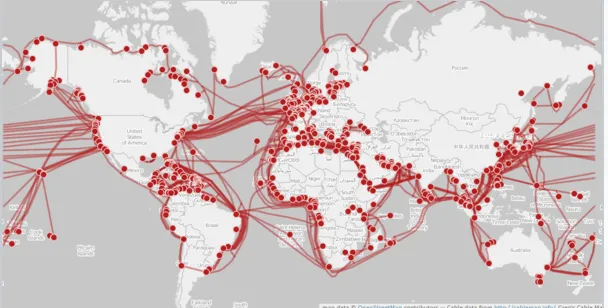
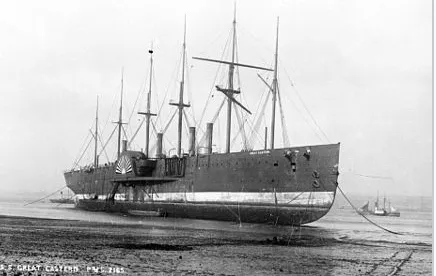
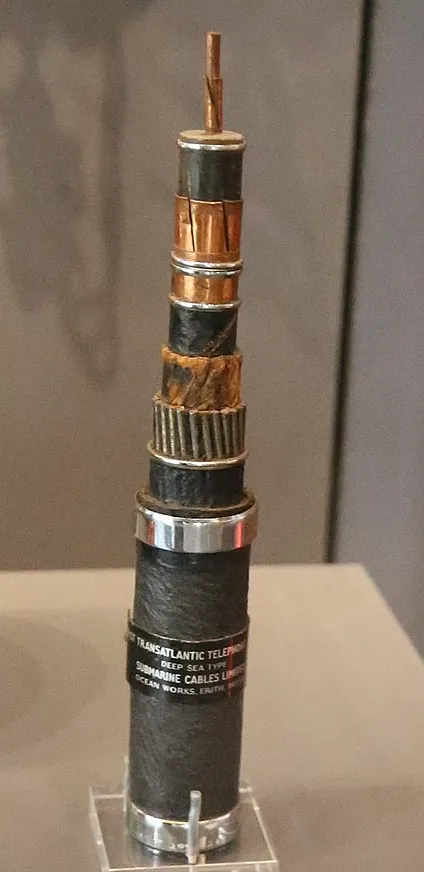
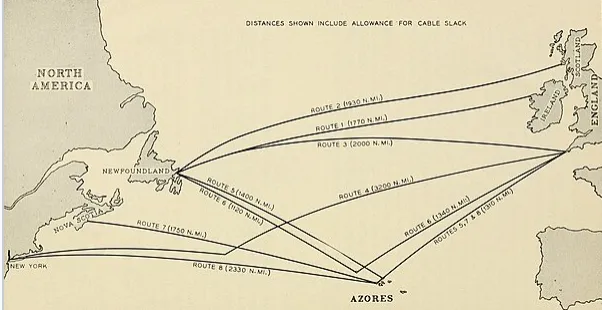
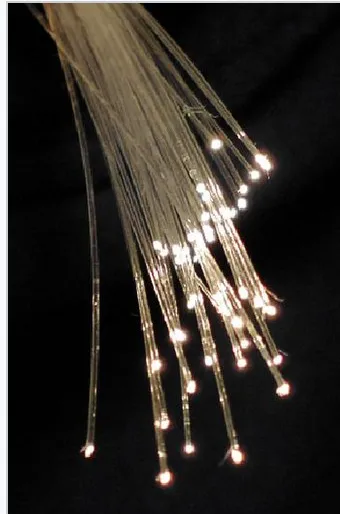
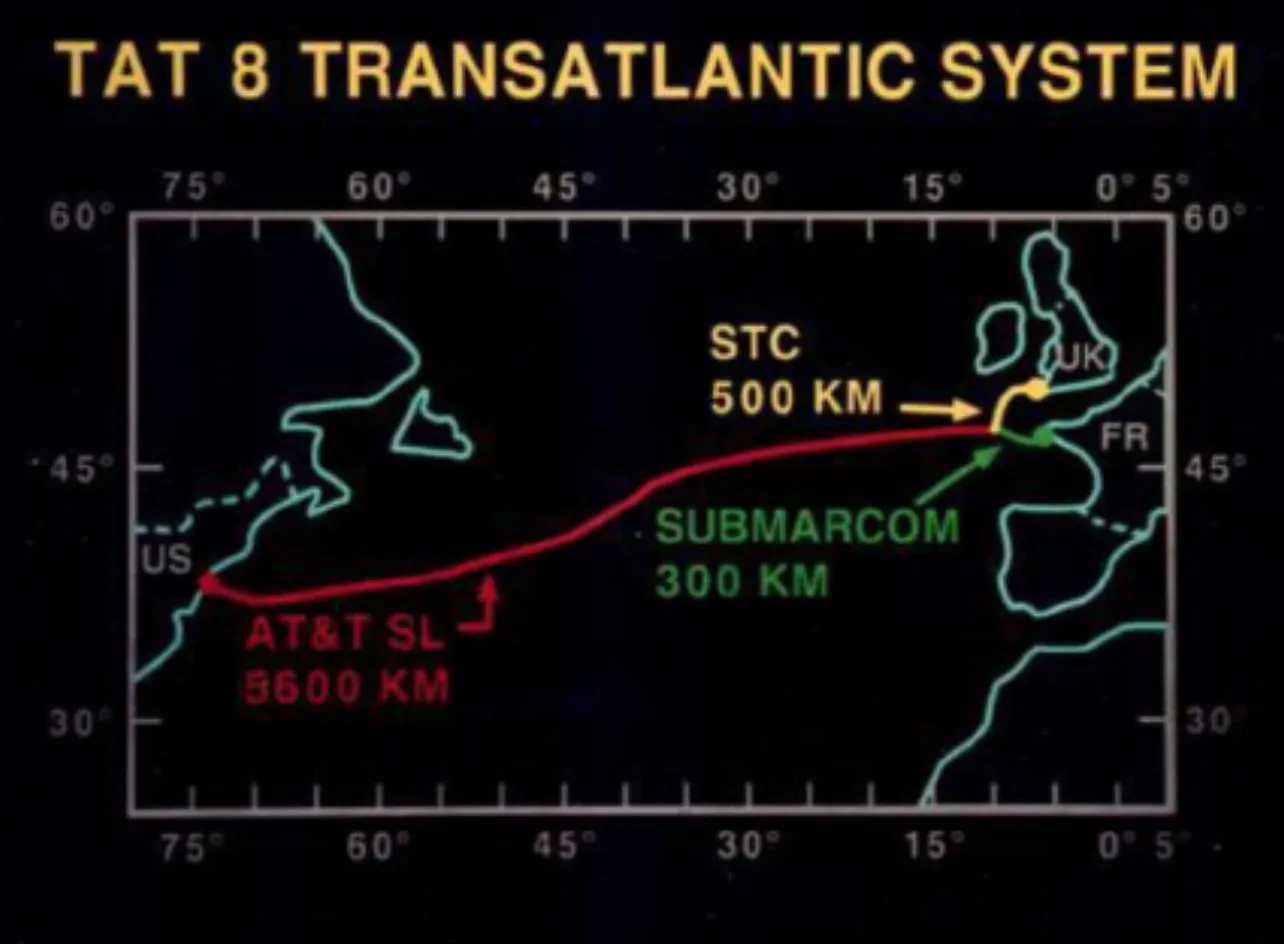
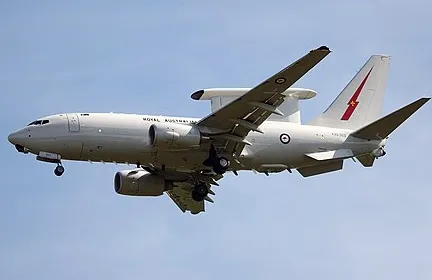



Comments
Post a Comment